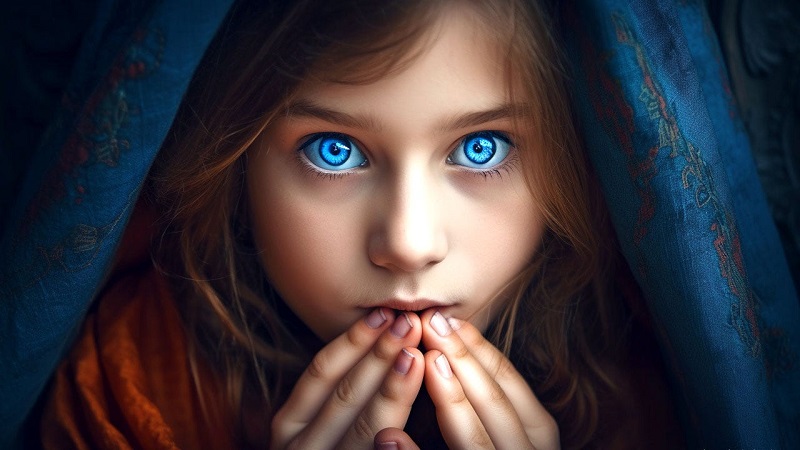Artificial intelligence has unlocked new creative possibilities for generating stunning digital artworks and images. One of the most popular AI art creation tools right now is Midjourney. With its ability to transform text prompts into gorgeous pictures, Midjourney makes it fun and easy for anyone to channel their imagination into AI-powered art.
As we enter 2024, Midjourney continues to improve, offering users even more features to create unique images for their projects and passions. Whether you’re an artist looking to boost your creativity or a business seeking eye-catching designs, Midjourney is worth exploring.
Getting Started with Midjourney
Midjourney has a Discord server where you can access the bot to generate images from text prompts you provide. All you need is a Discord account to get started.
Once you join the Discord server, you can type a prompt into the channel of your choice to start receiving AI art generated by Midjourney. Popular channels include #newbies and #showcase.
To generate an image, type “/imagine” followed by a detailed description of what you want Midjourney to create. For example, “/imagine an astronaut riding a horse on Mars”. The bot will begin rendering options and provide four image choices. Popular prompt channels on the server include #newbies for beginners and #showcase to view examples. While creating prompts, users may wish to consult available online lists of Midjourney prompts for inspiration on descriptive prompting. A list of Midjourney prompts provides many examples to spark ideas.
Creating an Account
As amazing as Midjourney is, free users do face limitations after 25 generates per month. For unlimited generation plus features like 4K resolution, you can create a paid subscription starting at $10 per month.
With a paid account, you also get access to Midjourney’s web interface for easier browsing and sharing options. This makes it simpler to manage all the AI artworks you create.
Tips for Crafting Prompts
The key to amazing AI art lies in how well you craft your textual prompt. Here are some tips:
- Use vivid descriptive language and specify details like colors, textures, styles, etc. This gives Midjourney more context.
- List adjectives and styles seperated by commas to offer variations. Like “futuristic, art deco”
- Use other artworks as inspiration but don’t copy prompts. Remix them by changing details.
- Experiment with different phrases and word combinations for unique results.
- Check out prompt lists from users for ideas to spark your creativity.
Here is an example prompt using some of these tips:
“/imagine a vibrant digital artwork of a wizard walking through a glowing neon city, trending on artstation, highly detailed matte painting, by Greg Rutkowski and Thomas Kinkade”
This provides the AI with plenty of descriptive direction while allowing room for originality.
Expanding Your Skills with Midjourney
As you get more comfortable using Midjourney, you can level up your skills even further. Here are some tips:
- Use Prompt Weightings
Creative prompt writing is key, but you can also guide Midjourney’s image generation in helpful ways. Applying numeric weightings to aspects tells the AI where to focus attention.
For example: “A tall, thin alien, Weight: 10, highly detailed, intricate, Weight: 5, digital painting, matte, smooth lighting, Weight: 3”
This puts emphasis on the alien’s body proportions over other aspects. Weightings give you more control over outcomes.
- Generate Image Variations
Instead of manually trying new prompts, use existing images to get fresh variations from Midjourney.
Upload a JPG to the Discord and type “/imagine this but…” followed by descriptive changes you want. This remixes the image with new details. It’s great for iteratively improving outputs.
- Experiment with Aspect Ratios
Midjourney’s default 4:3 aspect ratio lends itself well to portrait shots. But you can produce horizontal landscapes, social media sized pictures and more by specifying dimensions like 16:9, 9:16 or 2:3.
This opens up formatting possibilities for AI art usage in things like mobile sites, banners, thumbnails etc.
Use Cases for Midjourney
Once you get the hang of prompting in Midjourney, the possibilities are endless when it comes to how the images can be used, including:
- Illustrations for blogs, ads, posters, merchandise, etc.
- Concept art and characters for games, films and books
- Unique cover images for albums, podcasts or other projects
- Customizable avatars, logos, graphics and icons
- Inspiration for traditional artworks and photography shoots
- The commercial applications are massive. For personal use, it’s just plain fun to prompt Midjourney and watch astonishing art unfold before your eyes.
The Future of AI Art
Midjourney continues to push boundaries on what’s achievable in AI-generated art through updates to its model. With more training on human art techniques, the outputs keep getting more impressively detailed and creative.
There is still progress to be made when it comes to better handling abstraction, symbolism and context beyond the literal. But tools like Midjourney demonstrate the early promise of artificial intelligence to extend human creativity in wondrous new directions.
We’ve only scratched the surface of what’s possible. As the technology develops further, one can only imagine where AI capabilities like Midjourney may take art in the future. It’s an exciting frontier to explore.
Overall, don’t be afraid to really explore what Midjourney has to offer. The AI is your creative partner. Direct it with strategic prompts and process guidance to fully realize your artistic vision. Developing prompt writing skills pays dividends in the amazing art you can generate.
